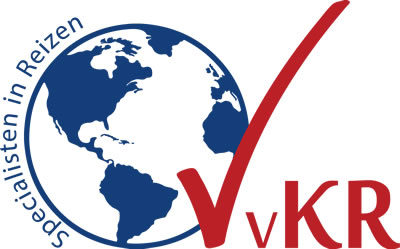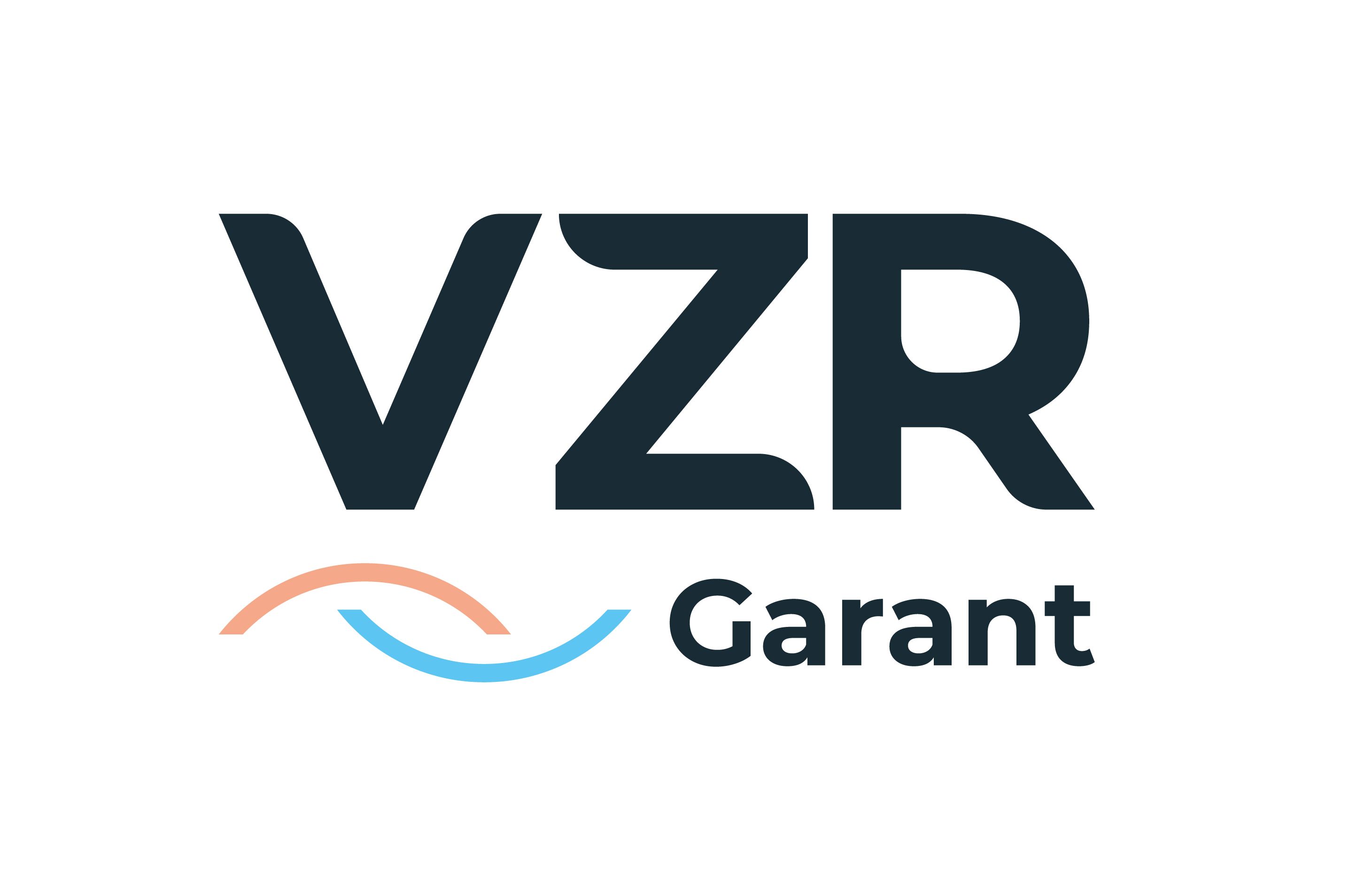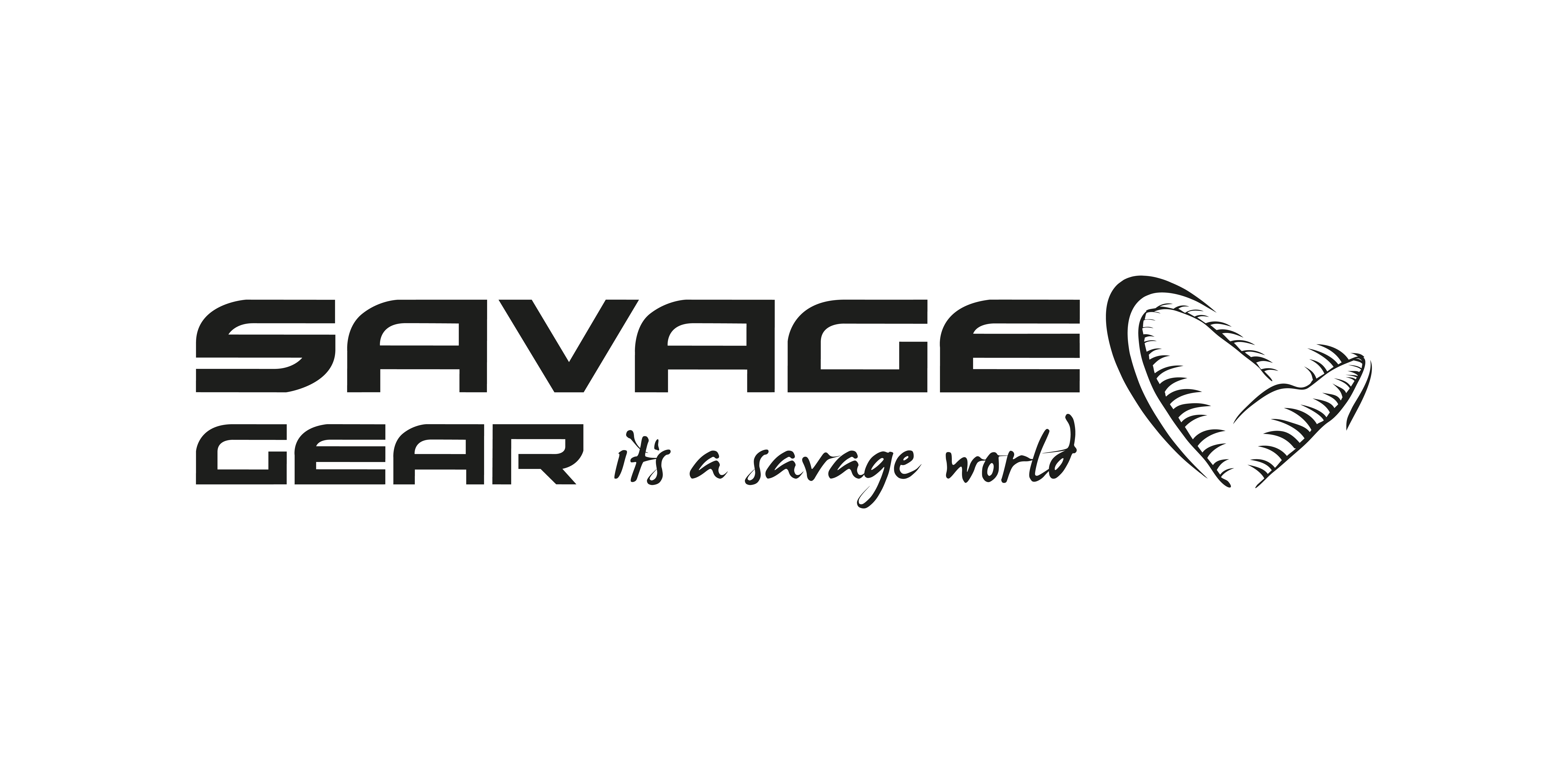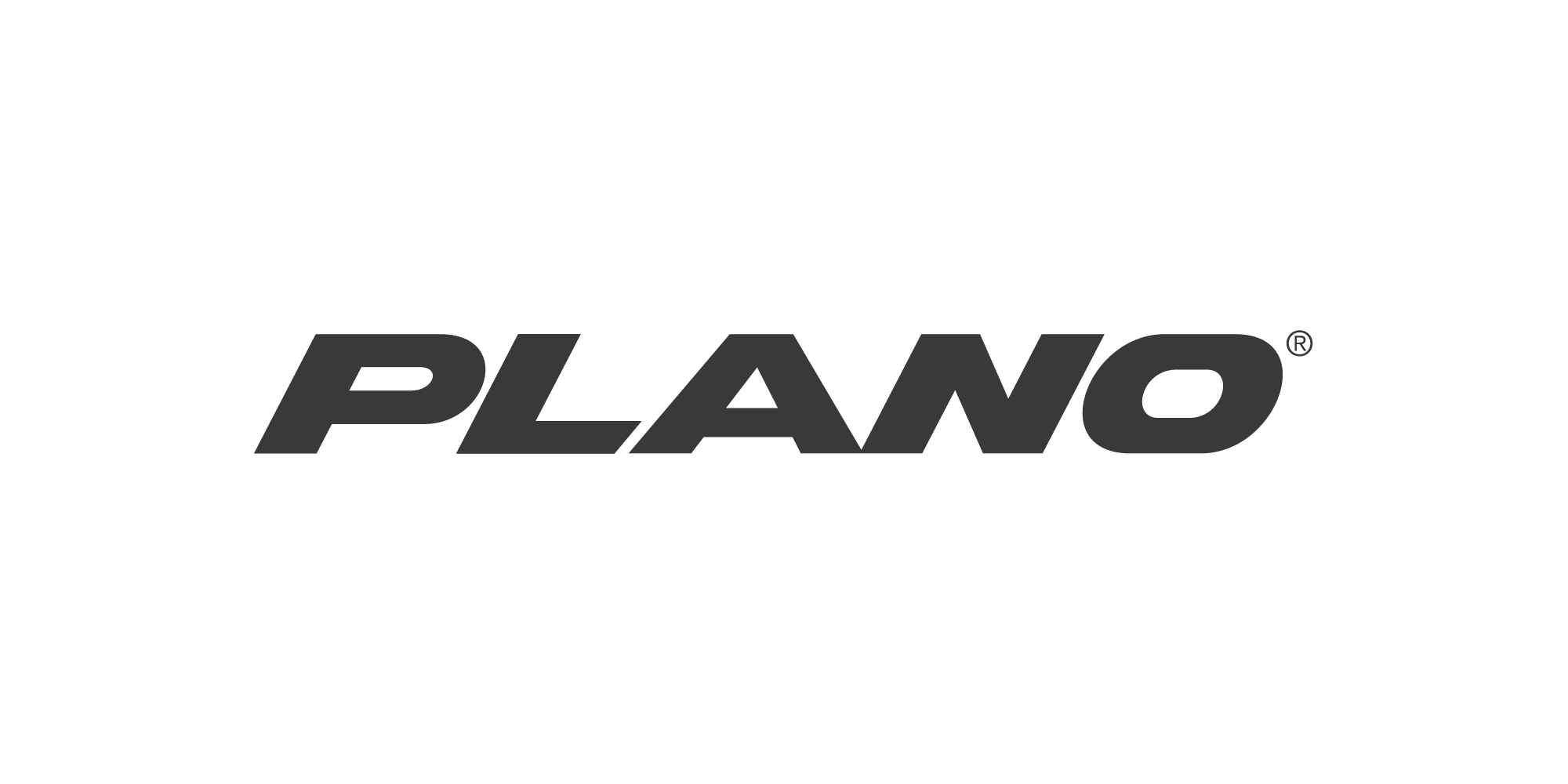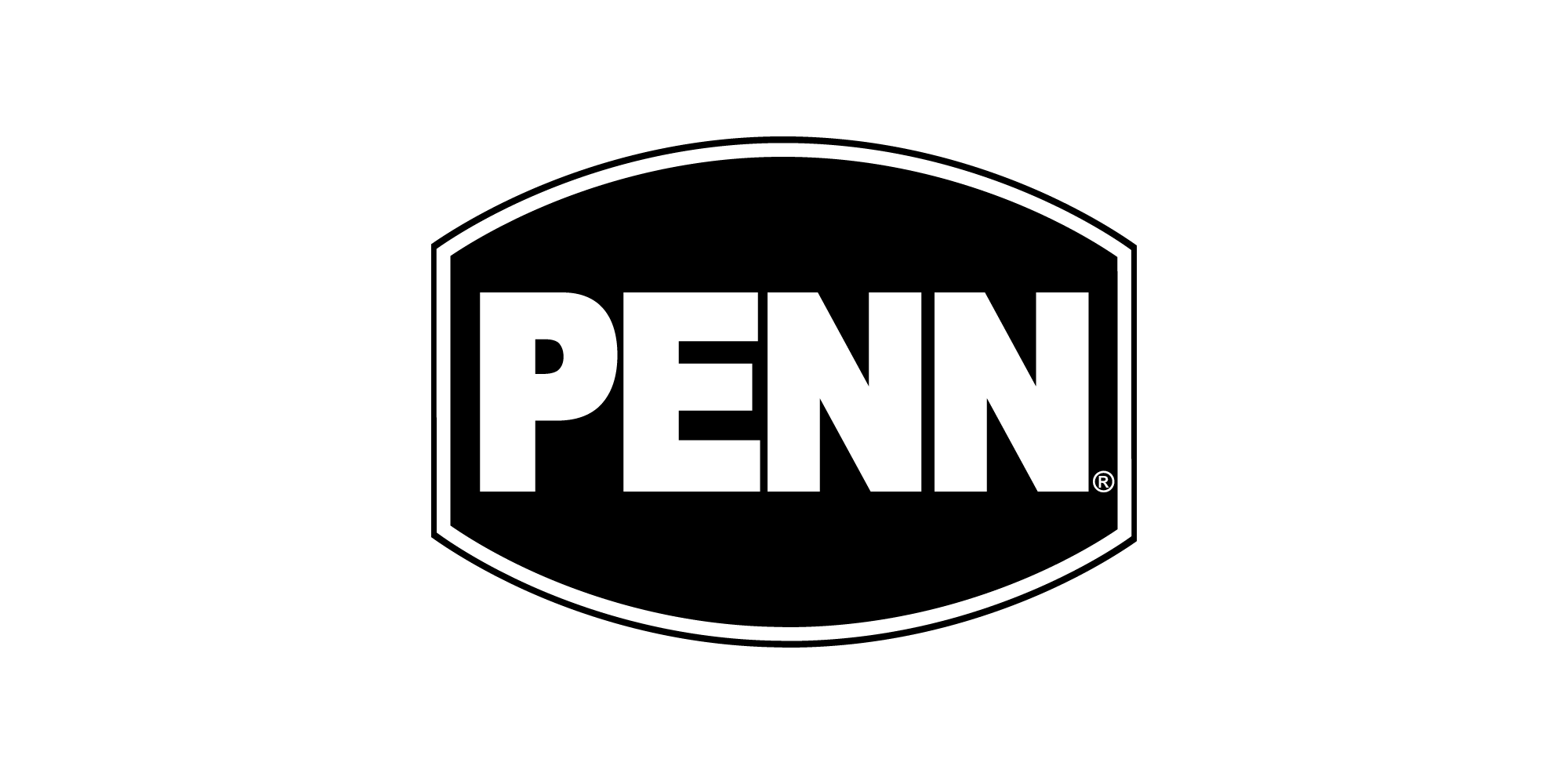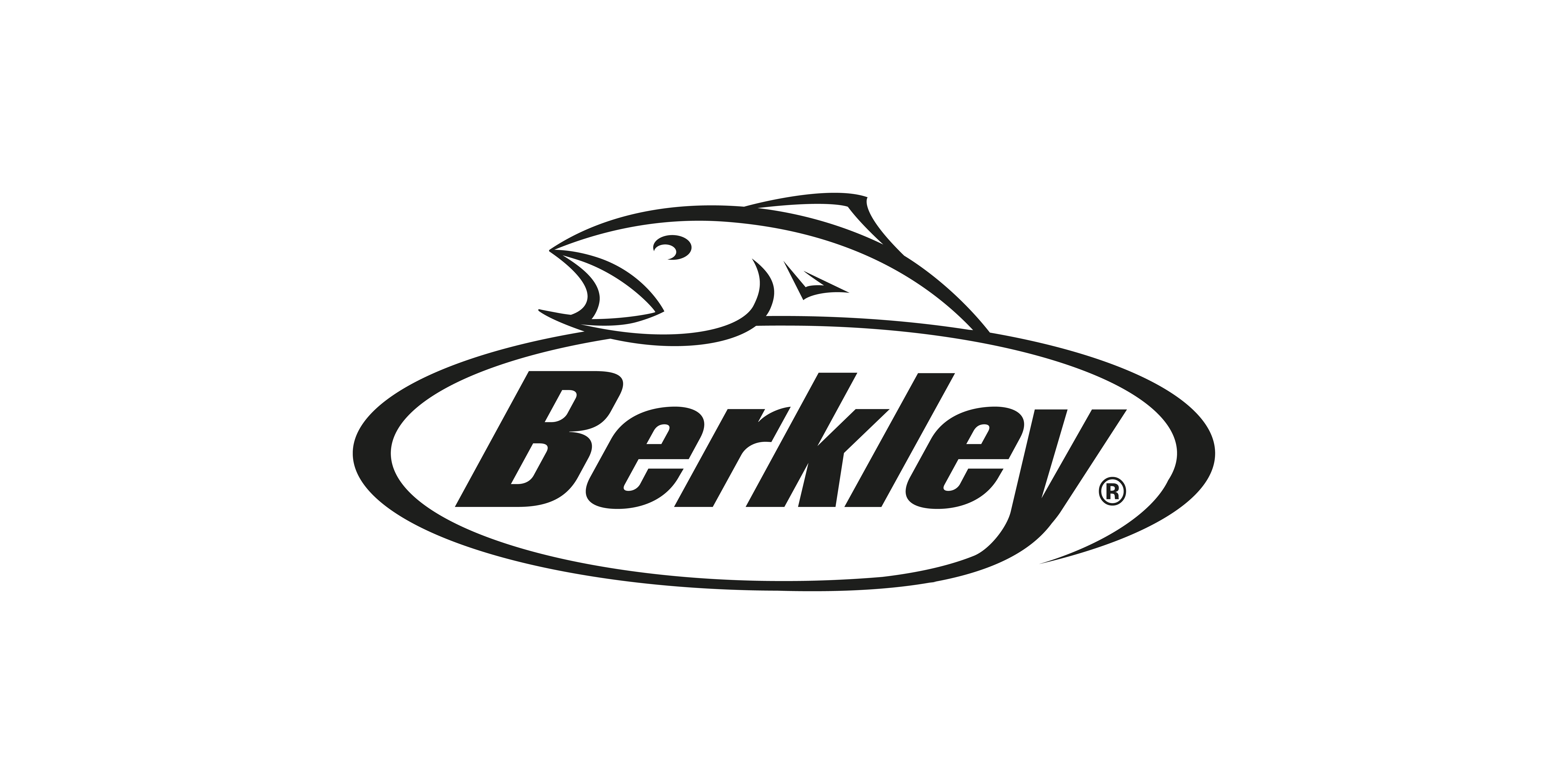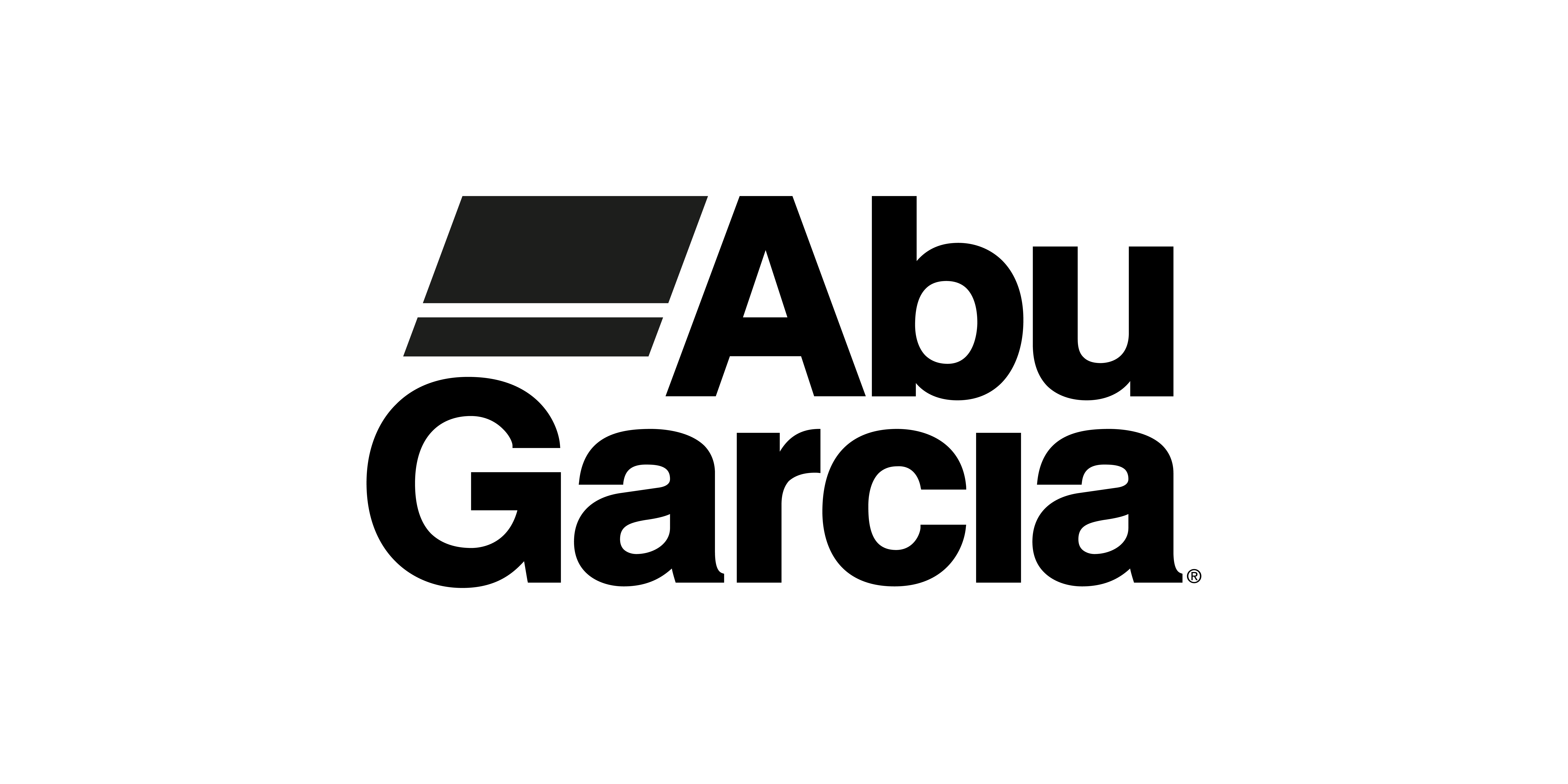From north to south
Search for a fishing trip:
Trips for every angler
Most popular
Our latest
See our selection
New
Lucipara islands oct 25
Live aboard at remote islands of Indonesia
New
Clinic Light Tackle Norway sep 25
Light tackle fishing at its finest
New
Savage Gear Heilbot festival sep 25
Groepsreis met max 27 deelnemers op een toplocatie!
New
Nile Perch Uganda mar 25
Nile Perch Uganda mar 25
New
Perch XXL festival March 2025
Topmonth, Topguides, great fishing
New
Pop & jig in Andaman jan 25
Tropical fishing for monsterfish
New
Colombia Pop & Jig Jan 2025
Popping & jigging to the max!
New
Mongolia sep 24
Taimen the wolf of the river
Locations
View our locations on the map
About worldsbestfishingtrips.com
Organisation of different types of fishing trips!
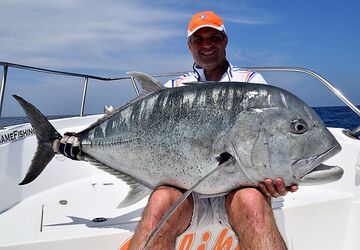
From fishermen for fishermen!
Professional fishing trips
With more than 40 years of personal fishing experience and a master degree in hotel management, we know better than anyone what you require for a well-organised fishing trip.
Read more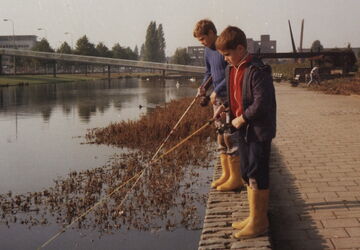
Who we are!
Born out of passion for fishing
We have been fishing since we were 4 years old and this passion has led to many private fishing trips in our younger years. The creation of Visreis.nl in 2006 is a long cherished dream come true. And now transforming that to worldsbestfishingtrips.com is the cherry on the cake.
Read more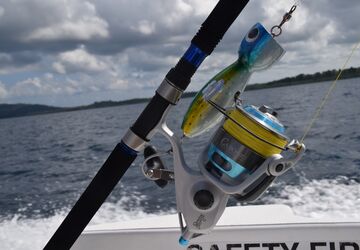
Broad choice
We have a wide range of different fishing trips in our portfolio. A large part of it is in Norway but we also have a wide choice of fishing trips in the rest of the world. We have many partners with whom we have worked for a long time.
Read more